The Power List: Top Female Attorneys in the Art World
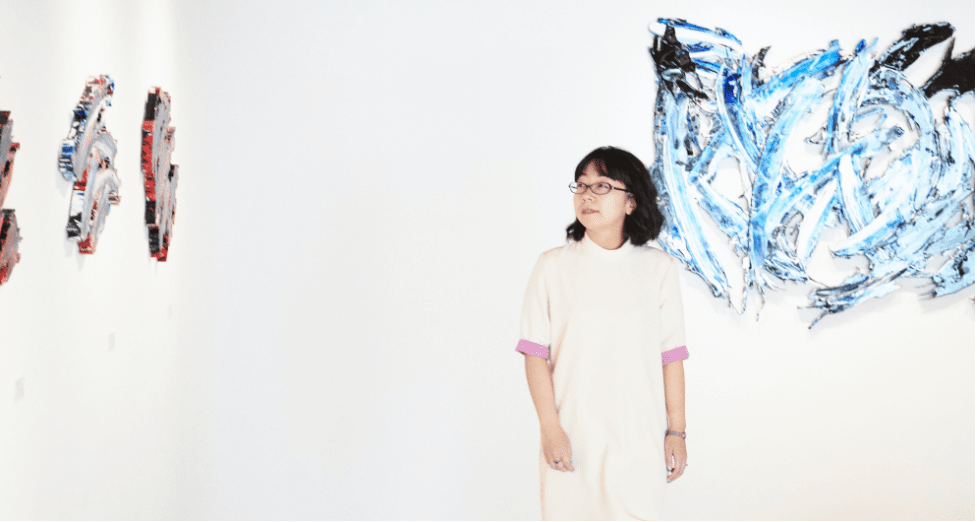
The top list of power women you should know and the dozen different types of art law you probably didn’t know existed.
Art litigation, intellectual property, cultural heritage, thefts and forgeries–these are just some of the fields that characterize the work of today’s top lawyers in the art world. In an industry with the least regulations, the role of legal advisers has never been more crucial to the success of the art business. Despite the visibility of their high-profile clients, most high-stakes practitioners of art law play their cards close to their shirt monograms, knowing that, as a rule, lawyers should not be in the business of disclosing client names or information. Despite this, our editors did the best to get all the juice in the most legal way.
According to several specialists from an article on Artnet, it’s important to distinguish attorneys who are master dealmakers from those who are expert litigators when assessing the influence of art lawyers. “You really don’t want the attorney who just deposed Gagosian also being the one who advises on tax efficient sales strategies,” says one expert. Despite the fact that many art lawyers practice in both areas—defined broadly as transactions and litigation—it’s rare, experts say, to find a professional who does both well.
Whatever the case, art lawyers are in demand like never before. Most large law offices have art law practices today, and even art galleries and institutions have their own in-house counsel. Whether it’s navigating hot-button issues like estate planning, copyright law or suing the yacht off a billionaire, we have gathered a (non-exclusive) list of powerful women in fields of their own expertise who wield increasing influence in the art world today.
The Art Litigator | Amelia Brankov
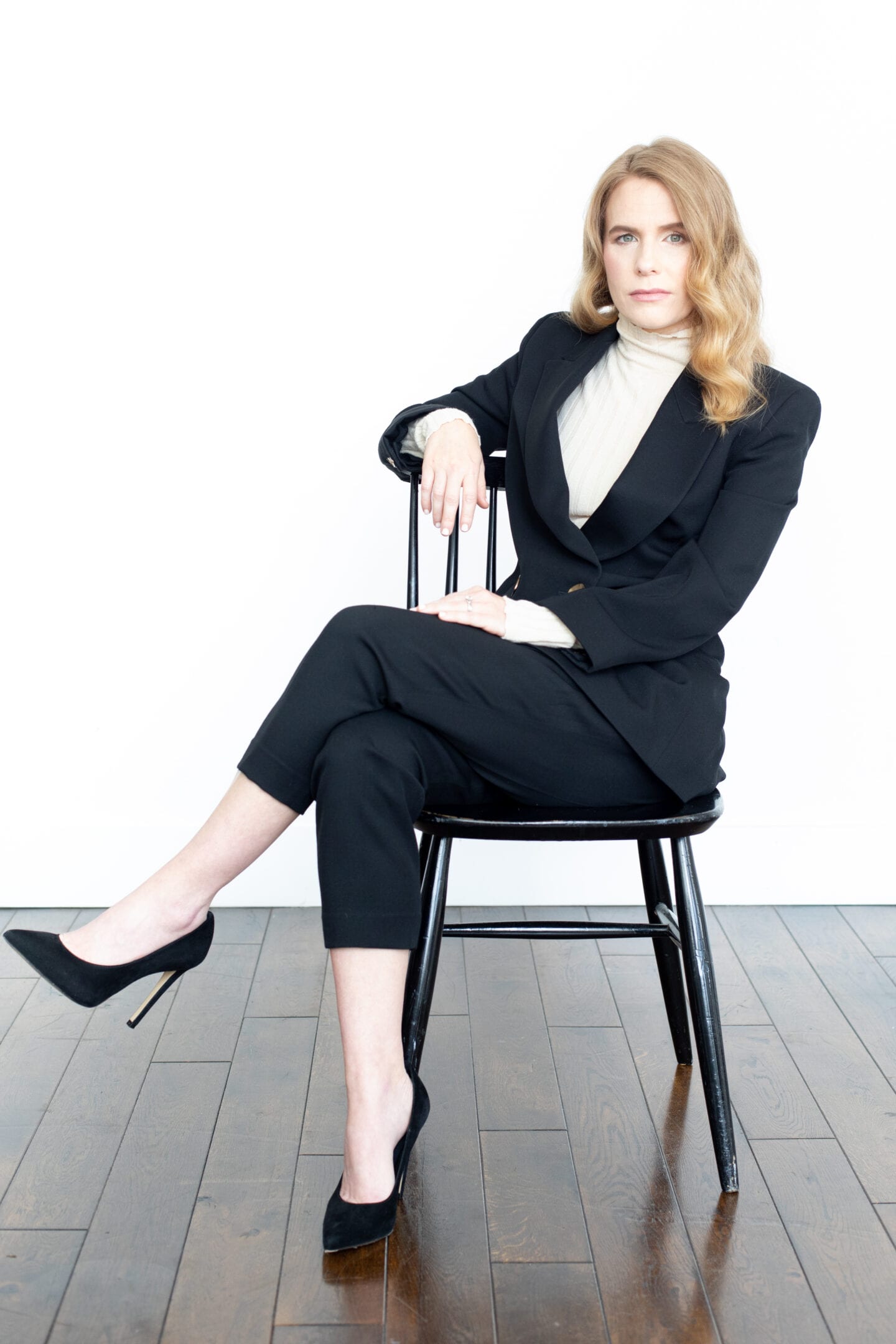
Why She’s Important: Named Super Lawyer in New York for several consecutive years, Amelia Brankov has litigated cases involving works by numerous well-known American artists including John Chamberlain, Frank Stella, Cy Twombly, Donald Judd, Norman Rockwell, and others. In her transactional practice, she has advised on the purchase, consignment, and sale of art and cultural property spanning from treasures of the ancient empires to works created by some of the most sought-after artists working today. Through representing clients producing and selling work at the intersection of art and technology, she has developed a particular understanding of the rights and responsibilities of those who purchase and exhibit these works.
The Biggest Challenge: “In litigation, you can map out a case at the outset and then someone or something (an adversary, a witness, a judge, a newly-discovered document) throws a wrench in it. The old military adage that everyone has a plan until the first shot is fired is particularly apt in our field. So you have to be prepared, but flexible and adapt to the circumstances of the case as they unfold.”
The Corporate Shark | Yayoi Shionoiri

Why She’s Important: The former General Counsel and Head of Asia Strategy to Artsy, Associate General Counsel of The Solomon R. Guggenheim Foundation, and Legal Advisor to Takashi Murakami now serves as Executive Director to the Estate of Chris Burden and the Studio of Nancy Rubins, where she is responsible for stewarding Burden’s art historical legacy and promoting Rubins’ artistic practice. She also serves as U.S. Alliance Partner to City Lights Law, a Japanese law firm that represents creators, innovators, and artists, and as an Outside Board Director to Startbahn, an art technology company that is attempting to bring greater reliability to transactions in the art ecosystem. Not to mention her triple Ivy League degrees from Harvard, Cornell, and Columbia.
Recent accomplishments include relying on her powers of persuasion, foreign language skills, and diplomatic connections to import artworks just in time for an overseas SVIP event and providing legal and management oversight to realize an immersive 360-degree visual and audio installation using VR tech in a geodesic dome on the beach in Miami.
The Biggest Challenge: “My practice at the intersection of art and the law requires me not only to have subject matter expertise about the art world ecosystem and its stakeholders, but also to have a wide range of knowledge about various bodies of law. These broad legal areas include commercial contracts; corporate law; copyright, trademark and intellectual property; litigation; and non-profit taxation. More niche legal areas include artist resale royalties; consignments; customs and duties; local permitting rules; disclosures required by U.S. states for prints; Office of Foreign Assets Control trade sanctions; U.S. online sales taxes; public health guidelines; and international data privacy rules. Over my time in the art world, more and more stakeholders have come to realize that the law, often considered a rigid structure, can support artistic creativity. It is my responsibility and innovative challenge to ensure that my hard-edged legal skills are applied and communicated in a way that supports and strengthens the art world.”
The Art Authenticator | Leila Amineddoleh

Why She’s Important: With nearly a decade and a half of experience in both litigation and transactional law, Leila Amineddoleh is an expert in the field of art and cultural heritage law. Not only does she own her own practice, Amineddoleh & Associates, she also represents major art collectors, museums, galleries, dealers, non-profits, artists, estates, foundations and foreign governments. She also advises clients on the acquisition and sale of fine arts and cultural heritage works, and has been involved in the return of valuable stolen fine art and looted antiquities including: the repatriation of mummy parts to Egypt, the return of a rare 4th-century B.C. marble bull’s head looted from Libya during the nation’s civil war, the seizure and return of an Achaemenid limestone bas-relief looted from Persepolis and returned to Iran, the seizure of a Hellenistic statute stolen from Libya by a terrorist organization, and the repatriation of a number of Etruscan and Roman objects to Italy, including amphorae, other pottery pieces, and a marble mosaic belonging to Emperor Caligula.
As a leading specialist in art authentication, Amineddoleh collaborates with the world’s foremost forensic scientists and art historians to assist collectors and arts institutions through the complex authentication process. An internationally recognized expert on art and cultural heritage crime and law, Leila has lectured at esteemed institutions, including the Frick Collection, Victoria & Albert Museum, the Neue Galerie, and the Philadelphia Museum of Art. She has been published in legal journals, and arts publications, and scholarly contributions published in books, including Nazi Law: From Nuremberg to Nuremberg.
The Biggest Challenge: “One of the biggest professional challenges I face is that many people fear working with attorneys. Often clients do not engage our professional services until a problem arises. Most times, disputes are more easily avoided when clients engage legal services prior to the escalation of a disagreement or the filing of a complaint. My team and I advise clients, warn against potential legal problems and articulate their consequences, manage clients’ expectations, memorialize binding legal instruments, and negotiate on our client’s behalf in the effort to avoid costly litigation. Rather than react to a problem, clients should behave proactively to more effectively protect their interests, whether it be the protection of intellectual property rights, the assertion of an ownership interest, or the completion of due diligence to determine authenticity.”
The Art Heist Expert | Dr. Friederike Gräfin von Brühl
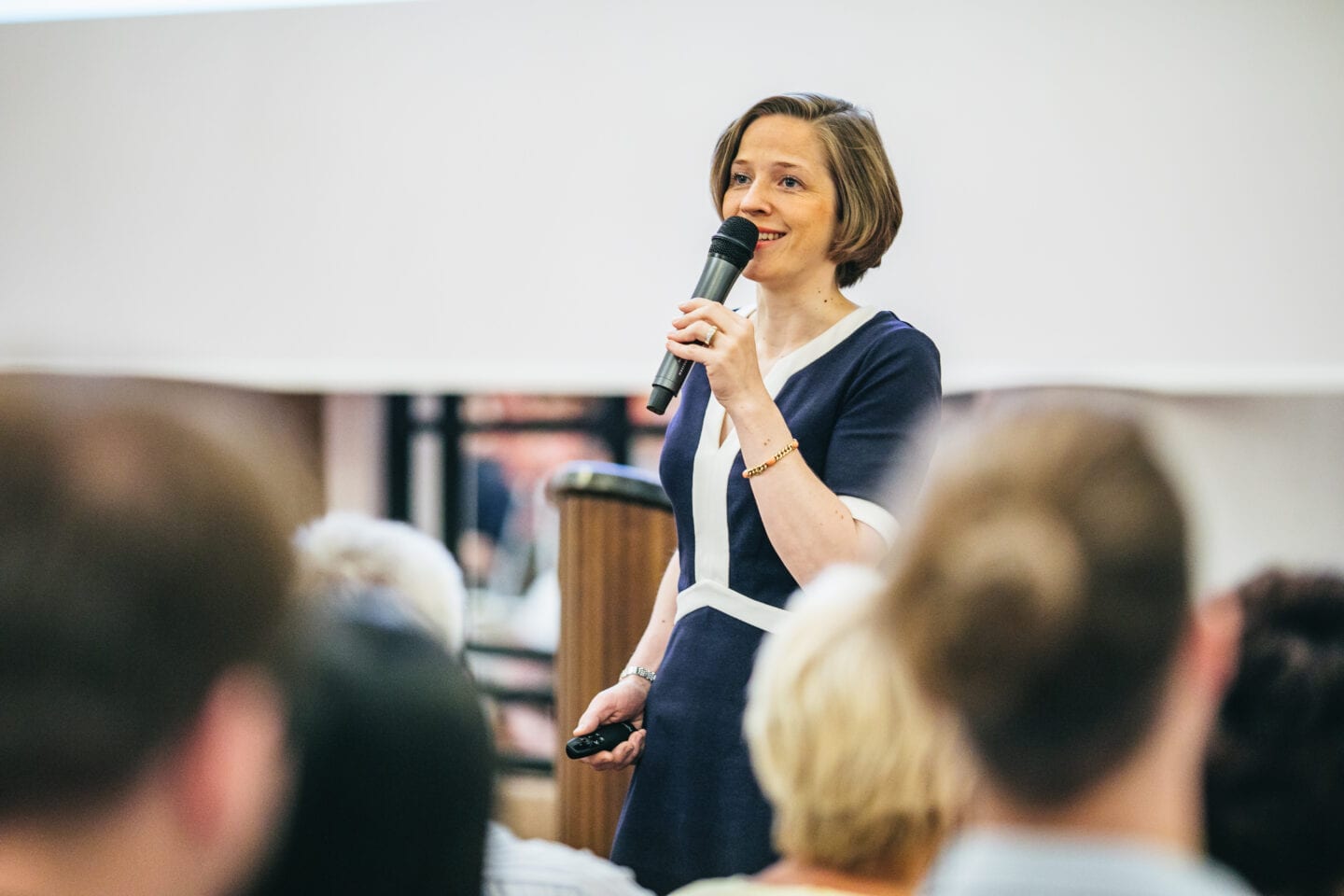
Why She’s Important: The Berlin-based attorney is well-known for negotiating restitution of the five old master paintings stolen from the city of Gotha in 1979 – the biggest art theft of the German east in 40 years of communism. While the current possessors initially claimed more than 5 million EUR for the works, Gräfin von Brühl managed to create pressure and ultimately to negotiate restitution of all five works without any financial compensation to the former possessors.
She also filed criminal complaint against famous German art forger Wolfgang Beltracchi and successfully represented several of his victims in civil court proceedings. The biggest success was obtaining full damage compensation for the buyers of the Campendonk forgery “Red Painting with Horses”, based on a dual victory in the first instance court against both the Beltracchi family and the auction house who sold his forgery; thereafter managed to avoid the appeal instance by negotiating settlements in both directions; ultimately, obtained full damage compensation in favor of client, including compensation for lawyers’ costs.
The Biggest Challenge: “With a niche topic like art law and being a mother of three, making it into the partnership of a global full-service law firm was not an easy game. Our firm, K&L Gates LLP has 1,800 attorneys, and art law was not really on the radar as a legal practice when I joined 12 years ago. While my art law practice evolves around disputes and complex negotiations in the art market, my clients have come to appreciate thefirm’s platform, whether they have customs issues, insurance nightmares or questions on corporate or tax law.So it turns out that, given the nature of the art market and the complexity of legal issues involved, it was the right thing to remain persistent throughout the past years.”
The Auction House Mogul | Margaret Hoag

Why She’s Important: Margaret (Maggie) Hoag is Senior Vice President, Deputy General Counsel at Christie’s with extensive focus on complex deal transactions for the 20th and 21st Century Art departments, World Art and the Chairman’s Office. She counsels her clients on issues including title, authenticity, intellectual property, art lending, import/export, trade restrictions, wildlife regulations and cultural property and patrimony. Some of her biggest accomplishments include negotiating a consignment deal for the Leonardo da Vinci, Salvator Mundi (one of only 20 known works by da Vinci and the only one held in a private collection, sold at Christie’s in 2017 for over $450 million), playing a key role in the sale of the privately owned collection An American Place: The Barney A. Ebsworth Collection Evening Sale at Christie’s (realizing over $317 million in total with 13 artist auction records set and two records by medium, including that for the most expensive art of pre-war American art with Edward Hopper’s, Chop Suey, which sold for over $91 million), and spearheading a variety of charity auctions to benefit charitable organizations across the globe and guided various museums through the successful deaccession of work of art to fund future acquisitions.
The Biggest Challenge: “Convincing those around me that I was laser-focused on a career in art law through first, educating myself as a well-rounded litigator and transactional attorney, second, building a book of business where I could demonstrate legal expertise and business acumen as an advocate and counsel for charitable organizations and institutions, and third, mentoring interns and associates to grow the field both in private practice and then as in-house counsel.”
The Artist Advocate | Megan Noh
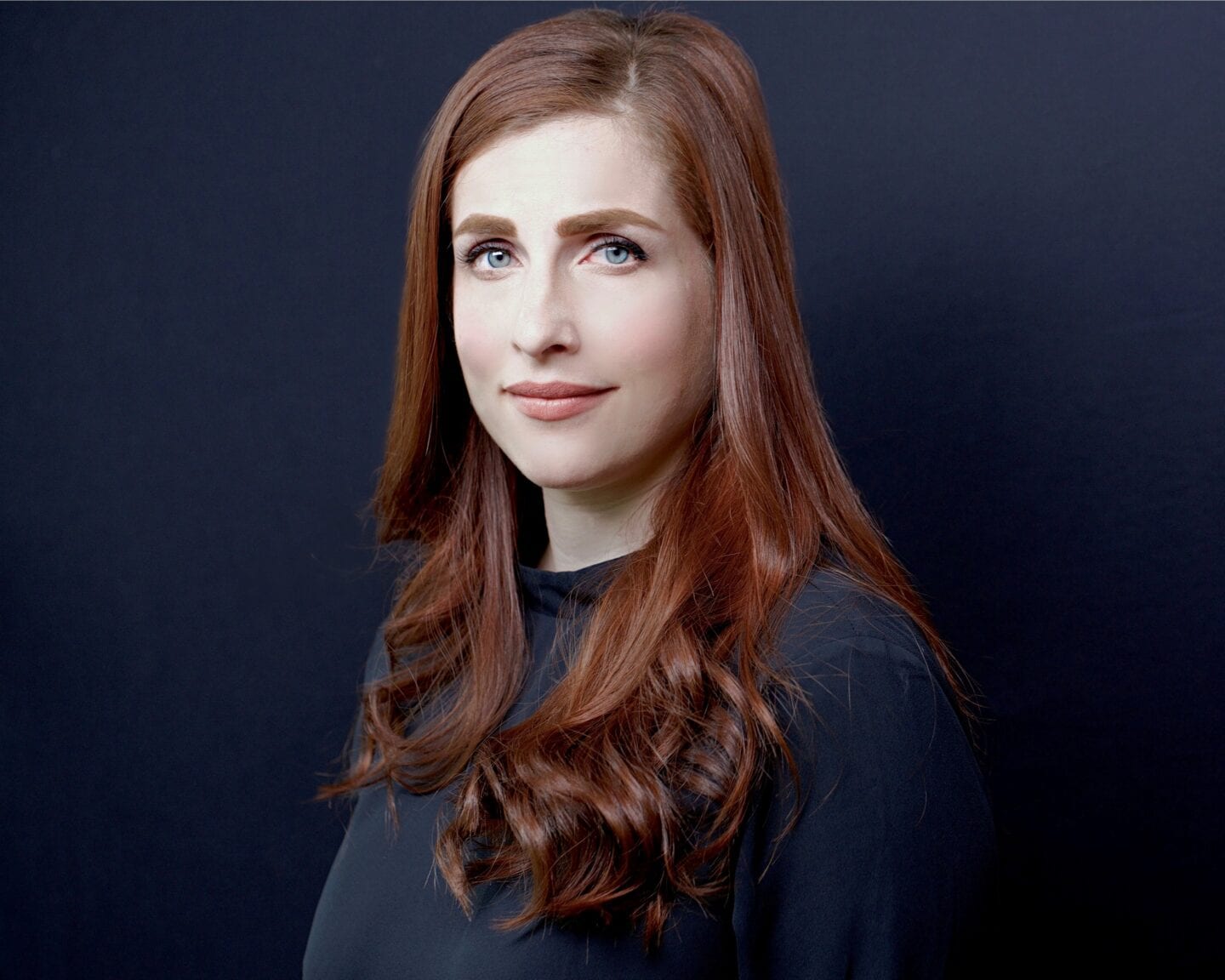
Why She’s Important: With over 15 years of combined experience in private practice and both in-house legal and business positions in the auction world (including both risk management and business development roles in Christie’s valuations department, and as the sole U.S. legal officer for Bonhams), Megan Noh is sought after for her extensive knowledge of the complex issues impacting today’s art market, specifically with respect to transactional matters and artists’ rights. More recently, she has been raising public awareness of the use of contractual restrictions by emerging artists in the pursuit of market control and/or to secure a financial interest in secondary sales of their works. This has been a particularly topical focus, given the increasing use of emerging art as a speculative investment asset, and the art market’s recent focus on embracing wider social justice initiative.
“The field of art law only exists because of the talent and creative labor of artists… it all starts there. Most BFA and MFA programs don’t cover the fundamentals of key legal concepts relevant to visual art, such as the difference between the transfer of the copyright protecting an artwork and the sale of the physical work itself—or the use of contractual provisions to protect an artist’s market or secure a so-called ‘resale royalty.’ So when I am able to help lay some of that foundation, and an artist as a result feels more empowered to navigate their business relationships in this tricky industry, that feels like a meaningful contribution to the broader community of which we are all a part.”
The Biggest Challenge: “I strive to maintain a holistic practice, representing a wide variety of art market participants. Although all of my clients are active in the same industry, they obviously have different goals in the context of specific deals or disputes—not to mention different levels of risk tolerance, and different budgets. The biggest challenge of my practice is switching back and forth between the different perspectives from which I alternately advocate, in order to come up with a tailored and ‘commercial’ solution.
On any given day, I may be negotiating on behalf of an auction consignor seeking to retain maximum flexibility on sale timing in light of COVID and market uncertainty, an artist seeking certain assurances from a gallery whose roster they are joining, or a broker seeking to preserve the confidentiality of their relationships and limit exposure in a back-to-back sale. And in most cases, I am drawing on past experience negotiating the other side of a similar deal.
This kind of variety can result in a bit of temporary whiplash, and I often need to take a moment to re-orient myself when things get frenetic. That said, maintaining a connection to different market segments and seeing transactions from multiple angles also really helps me keep my finger on the pulse of shifting norms and emerging issues.”
The Financier | Rebecca Fine
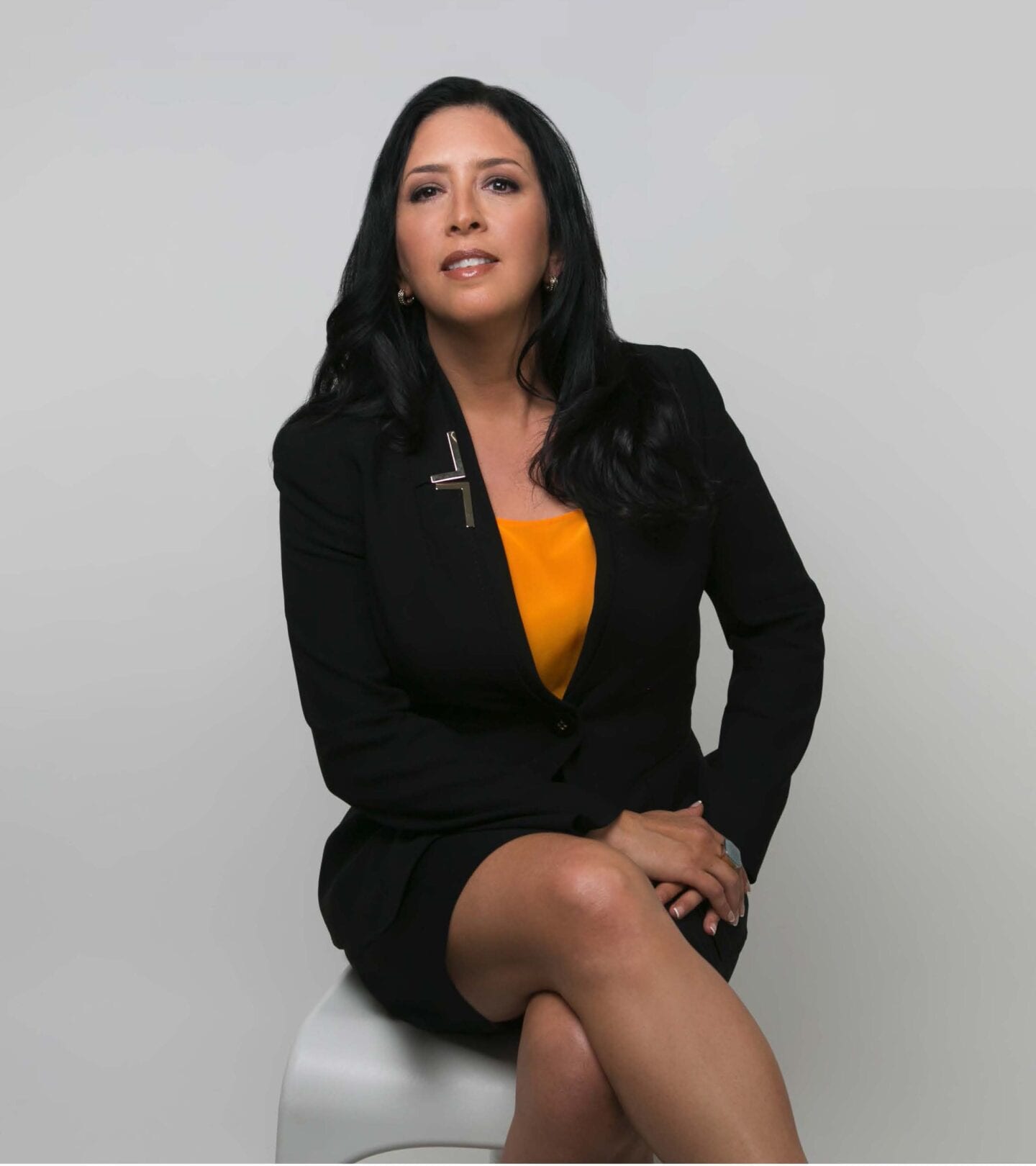
Why She’s Important: Rebecca Fine is the General Counsel of Athena Art Finance, an art finance company that makes loans exclusively collateralized by high value paintings and sculptures. The attorney found a way to merge her love of art, law, and entrepreneurship, leaving her private practice to launch Athena in 2015–a bold step that led to becoming acquired by a fin-tech startup called Yieldstreet. Now Fine is also strategic legal adviser to the CEO and board of the digital online wealth manager, which is striving to democratize access to alternative investments (like art loans) historically available only to hedge funds and institutional investors.
The Biggest Challenge: “Raised in a family of artists, I was an undergraduate art history major, and went to law school to become a trial lawyer. As a law firm partner, I specialized in litigation and art law, representing galleries, dealers, collectors and museums, etc. The most challenging part of my job at Athena is the fact that there is really no margin of error when lending millions of dollars against art. We have to be sure that we understand the provenance and chain of ownership, and that the borrower has clear title to the artwork collateral. But many art transactions are characterized by confidentiality and scant documentation. And even when there is a good paper trail, transactions are sometimes made through agents working for undisclosed principals. So, transfers of title are not always well documented. We’ve been described as an “extreme” asset-based lender and I think the high-risk sports analogy is a good one. Representing an extreme asset-based lender calls for a lot of imagination and creative drafting solutions. Our due diligence process and legal documents have to protect us as the lender, but not be too burdensome for our clients, who typically have options other than to borrow against their stellar art collections.”
The Social Impactor | Emily Reisbaum
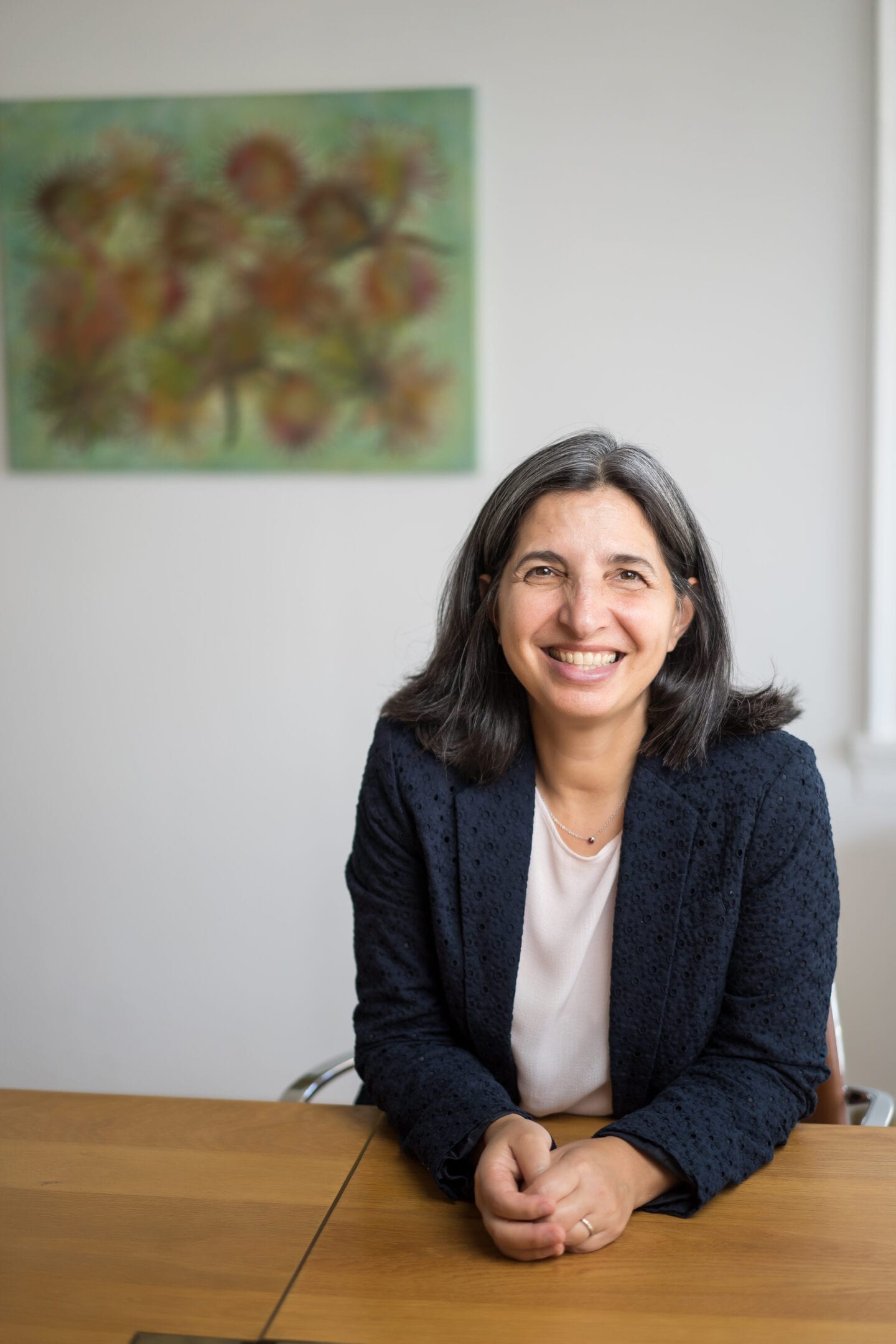
Why She’s Important: With a history of working with the government and now 10 years as partner at her own law firm, Reisbaum hopes to impact the art world for the better. For example, her fights against massive fraud at the Knoedler Gallery and rampant sexual harassment at ArtForum Magazine exposed and rooted out significant bad conduct. “Kudos to our clients for having the bravery to stand for what is good in the art world, and for not tolerating unfairness,” Reisbaum says. “It is a great honor to represent them in these knock-down-drag-out fights that rocked—and hopefully changed—the art world.”
Reisbaum was also hired by Mary Jo White as an Assistant U.S. Attorney in the Southern District of New York. “With a nod to Kamala Harris, I will never forget how proud I felt, and how humbling it was, each time I stood up in Court and said: My name is Emily Reisbaum and I represent the United States of America.”
The Biggest Challenge: “The most challenging aspect of my career has been co-founding a boutique litigation firm, Clarick Gueron Reisbaum. I’d previously worked at large firms and for the government, so taking on the responsibilities of launching and running a relatively small business—while doing the hard work of representing my clients—has been a big task. But helping to build our team and nurture our firm’s unique culture, while always keeping an eye on the bottom line, has been fantastically rewarding and also helped me empathize even more with my clients’ needs and concerns. More than 10-years into CGR’s existence, I have a deep understanding of the ways litigation impacts our clients’ businesses—whether they run an art gallery, a foundation, a financial or consumer services firm, or provide entertainment services.”
The Copyright Confidant | Abbey Green

Why She’s Important: As the Corporate Counsel and Global Copyright Manager at Christie’s, Abbey Green has been practicing intellectual property law with a focus on arts and entertainment for over 17 years. Green works closely with the auction house’s specialist departments, marketing, and content teams globally to oversee the the licensing of content, both inbound and outbound, and any intellectual property disputes. Passionate about protecting artists and respecting the rights of creators, Green believes that we all benefit from that wealth of creativity and that copyright protection serves to inspire new creations.
The Biggest Challenge: “The most challenging aspect of my current role at Christie’s is making sure that all of our global specialist and marketing departments can publish their promotional content within the very short time frames imposed by the very fast-paced nature of the auction industry. There is always a sale coming up somewhere at Christie’s, with related deadlines for the publication of our content and the required licenses and permissions. Our internal content creators are often pressed to develop content with immense speed, and time is often our worst enemy, but it is quite satisfying when we make it all happen on time and we can tell the stories that illuminate the artworks being offered.”
The Artrepreneur | Wendy Lindstrom

Why She’s Important: A seasoned litigator and the founder of her own female-led law firm, Lindstrom represents many successful women – artists, gallerists, collectors, advisors, conservators and other art world professionals — developing her firm’s reputation for aggressive advocacy and tenacity. Lindstrom is a seasoned litigator who focuses on fine art, jewelers block, transportation, cargo, international and interstate commerce and complex commercial transactions. Wendy represents museums, foundations, galleries, collectors, dealers, art advisors, conservators, artists, fine art lenders, auction houses, fine art transporters, warehousemen and their insurers.
She has litigated all types of matters touching the art, antiques, jewelry, collectibles, yachts and specie markets including fraud and damage. Wendy regularly drafts and negotiates loan agreements, consignment agreements, bills of sale, artist dealer agreements, fine art logistics agreements, terms and conditions and other contracts.
Lindstrom’s offices are located in multiple cities across the U.S., including a new office in Los Angeles – a mecca for creatives.
The Biggest Challenge: “Working in the art world, I have developed personal relationships with my clients. I often attend their exhibitions, travel with them to art fairs, and advise them on major purchases, loans, consignments and donations. This year has been especially challenging due to the pandemic. We have had to renegotiate exhibition agreements disrupted by government shutdowns, revise loan agreements, advise clients through painful furloughing of their valued team members, and address concerns over inevitable deaccessioning. It has been challenging to work through the disruptions and hardships that Covid-19 has caused.”
The Tax Aficionado | Melissa Passman
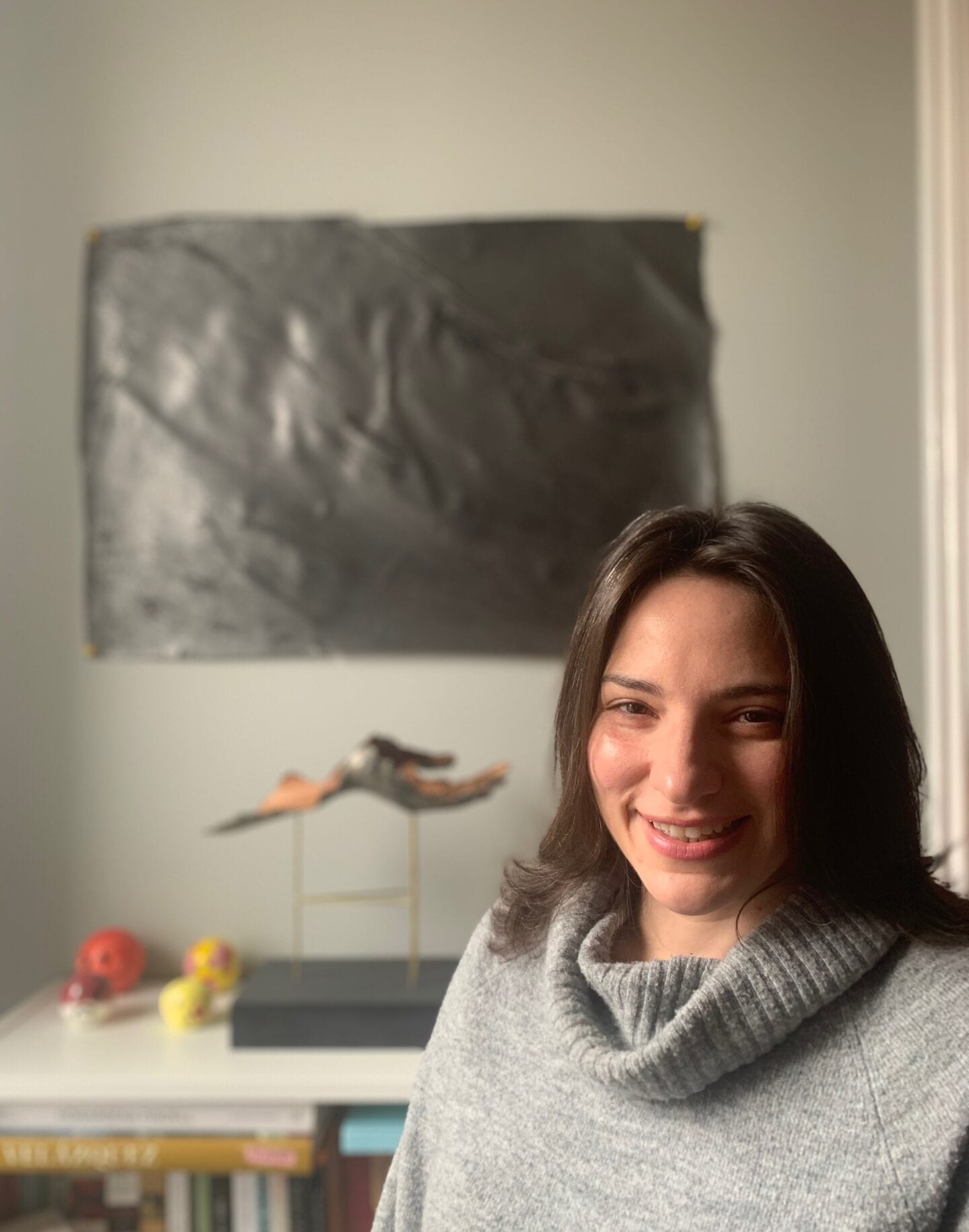
Why She’s Important: The biggest question many art world contenders have is about taxes. Look no further than Melissa Passman, who has worked with numerous art world power players, charities and organizations. Recently, she worked with artist Ai Weiwei on her MASK initiative (curated by Alexandra Munroe), benefitting three worthy charities to aid humanitarian efforts during the incredible uncertainty earlier this year. “It was a fun challenge to structure a benefit sale with international reach, especially given the state by state compliance concerns around charitable promotions and for profit partnerships.”
Passman is also a board member of JOAN Los Angeles, a female-founded arts nonprofit and Artists 4 Democracy, a Los Angeles based 501(c)(4) social welfare organization, to get out the vote efforts directed at art students in swing states by partnering with Ruben Ochoa, Kandis Williams, Laura Owens, Walk the Walk 2020, and other socially engaged artists and organizations, an important way to unite the unique power of art and artists with the urgency of the world.
The Biggest Challenge: “As an art lawyer working from a tax perspective, I am often thinking about codes and regulations while balancing the most ambitious projects and plans of my clients, who include collectors, artists, galleries, and nonprofits. While there are some hard limits that can present challenges, the part of my job that I most enjoy is the ability to work around apparent obstacles to find creative strategies that achieve my clients’ goals.”

